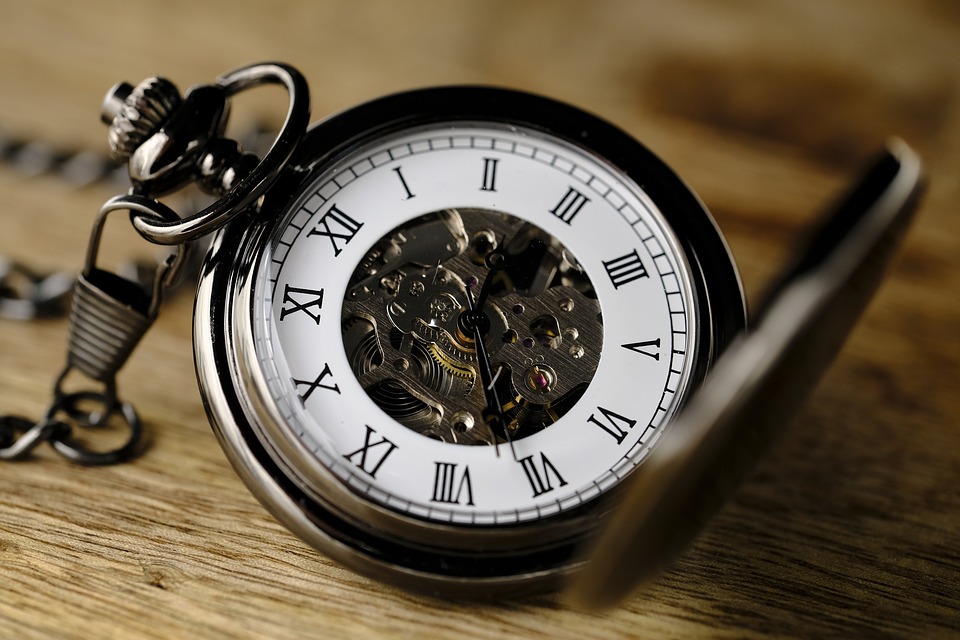
Limiting the daily eating window to 8 hours has been shown to significantly improve blood glucose control in adults at risk of type 2 diabetes, regardless of whether the eating window is earlier or later in the day.
“Our study found that limiting eating to an 8-hour window per day significantly improved the amount of time spent with normal blood glucose levels and reduced fluctuations in blood glucose levels. However, changing the timing of the 8-hour eating window earlier or later in the day did not seem to provide extra benefits,” said Dr. Kelly Bowden Davies, the lead author from Manchester Metropolitan University, UK.
She stated, “Our findings show that the benefits of time-restricted eating can be attributed to the 16-hour fasting window rather than the time of eating or changes in energy intake. It is also noteworthy that the positive impact of time-restricted eating can be observed within just three days. While time-restricted eating is gaining popularity, there have been no other studies examining the effects of a tightly controlled diet and altered the timing of an eight-hour eating window on glycemic control in individuals at risk of type 2 diabetes.”
Previous studies suggest that time-restricted eating (TRE), which restricts the timing of meals but not the type of food, can enhance insulin sensitivity (the body’s ability to respond to insulin) and reduce glycated hemoglobin (HbA1c), which reflects average blood sugar levels over weeks and months, in individuals at risk of type 2 diabetes.
However, it is not clear how time-restricted eating (TRE) affects fluctuations in blood glucose levels. Previous studies have linked the positive effects of TRE to reduced energy intake. This study aimed to investigate changes in meal timing when participants were in energy balance, meaning their energy intake matched their energy expenditure.
In order to learn more, researchers studied the effects of time-restricted eating (TRE) with diets tailored to meet energy needs based on factors like sex, age, weight, height, and activity level. They compared an early eating window (ETRE, between 8:00 AM and 4:00 PM) to a late eating window (LTRE, between 12:00 PM and 8:00 PM) on glycemic control in overweight, sedentary adults.
Fifteen sedentary individuals (9 females/6 males; average age 52 years; BMI 28 kg/m^2; HbA1c 37.9 mmol/mol), who typically consume food over a period exceeding 14 hours per day, were divided into two groups and followed different eating patterns for 3-day intervals.
Researchers conducted a study comparing the effects of two different eating regimens with the usual eating habits. The first regimen involved eating only between 8:00 a.m. and 4:00 p.m. (ETRE), while the second regimen involved eating only between midday and 8:00 p.m. (LTRE). The participants had a standard diet with specific proportions of carbohydrates, fat, and protein during the eating regimen periods, while they were free to eat their own diets during normal living conditions.
Continuous glucose monitoring was used to measure the amount of time spent in euglycemia (normal blood glucose concentration of 3.9-7.8 mmol/l) and assess markers of glycemic variability, such as mean absolute glucose (MAG), coefficient of variation (CV), and mean amplitude of glucose excursions (MAGE) on a daily basis.
The analysis revealed that compared to eating throughout the day (more than 14 hours), time-restricted eating (8 hours a day) led to a significant increase in the amount of time spent within the normal blood glucose range by an average of 3.3%. Additionally, it reduced markers of glycemic variability, including a decrease in mean amplitude of glycemic excursions (MAG) by 0.6 mmol/l, coefficient of variation (CV) by 2.6%, and mean amplitude of glycemic excursions (MAGE) by 0.4 mmol/l.
However, no significant differences in glycaemic control were found between the ETRE and LTRE regimens.
“Counting calories can be difficult to maintain long-term for many people, but our study indicates that keeping track of the time when eating may be a simple way to enhance blood sugar control in individuals at risk of type 2 diabetes. This seems to be effective regardless of the specific 8-hour eating window. Further research in larger studies over an extended period is needed to explore this potential.” – Dr. Bowden Davies